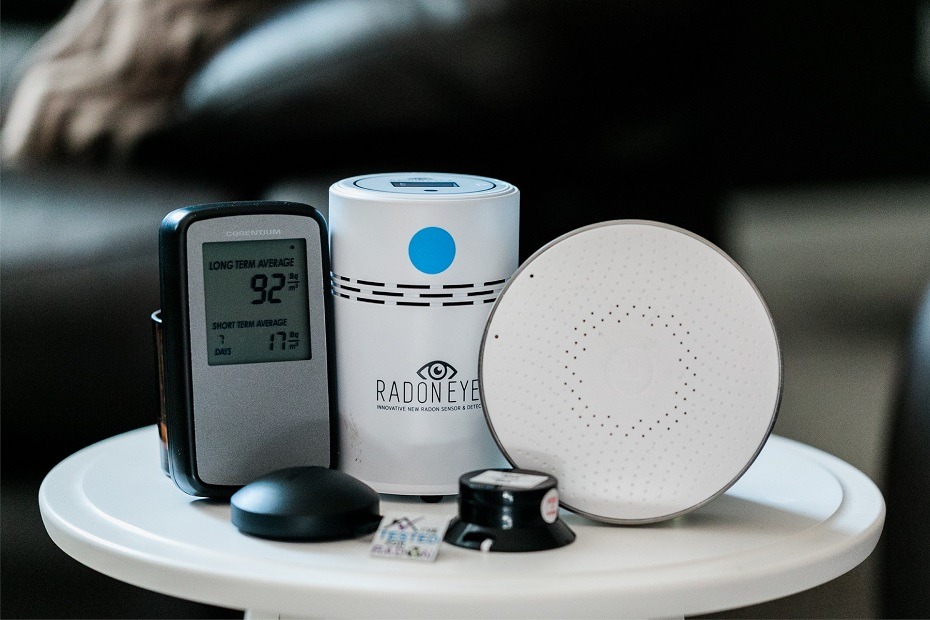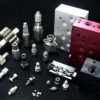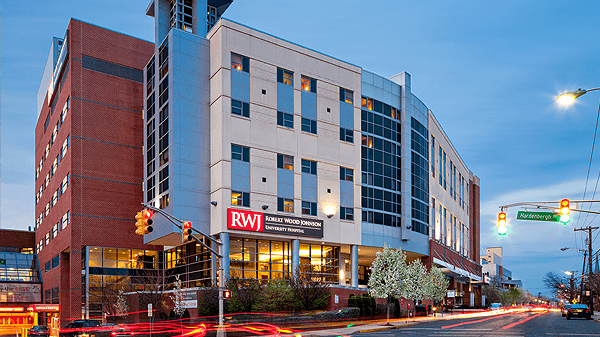Many American states recognize January as Radon Action Month — a time to spread awareness about a toxic gas that may be lurking in low places within your home. This year’s theme is “Test Your Nest: Test, Fix, Save a Life.”
Radon comes from naturally occurring uranium decay underground, and it is the number one cause of lung cancer among non-smokers. And if you like cigarettes, exposure will increase your likelihood of contracting the disease significantly.
“The problem with radon is that unless you test, you have no idea,”Jason Frame, an expert from West Virginia’s Department of Health, said in a statement sent to WDTV 5 News this week. “You can’t taste it, you can’t see it, you can’t smell it.”
The United States Environmental Protection Agency, responsible for promoting Radon Action Month, has estimated that about 21,000 people die from radon-linked lung cancer in the country every year. Many people are completely unaware of the danger it poses.
Multiple organizations in the U.S. — such as the American Lung Association and Protect Environmental — offer free testing kits. Many state health departments will provide them to residents too.
Overall, the best ways to protect yourself from this invisible poison is to test your home and get screened for lung cancer.
In Canada, November is widely recognized as Radon Action Month.
Did you know that radon is the second leading cause of lung cancer in the US? January is #RadonActionMonth and serves as an important reminder to test your home for this invisible, odorless gas in an effort to protect your health and your family: https://t.co/vimznyLe96 pic.twitter.com/TDODv5gZ2R
— Fox Chase Cancer Center (@FoxChaseCancer) January 13, 2025
Read more: Breath Diagnostics onboards new president and closes critical financing
Read more: Breath Diagnostics pioneers novel lung cancer breath test
Screening & prevention measures save lives, but more needs to be done
The vast majority of deaths avoided from lung and other common cancers between 1975 and 2020 can be linked to screening and prevention efforts. This was highlighted in a report from the National Institutes of Health (NIH) published on Tuesday.
“Eight out of 10 deaths from these five cancers [lung, breast, prostate, colorectal, cervical] that were averted over the past 45 years were due to advances in prevention and screening,” NIH physician, Dr. Katrina Goddard, said.
Thankfully, many innovative diagnostics measures for lung cancer in particular have been emerging and becoming increasingly efficacious.
Those who have been unknowingly exposed to radon for a significant amount of time may be able to receive a diagnosis within a time frame that enables swift treatment, thanks to new screening technology.
Breath tests, such as the OneBreath MicroReactor analysis system developed by Breath Diagnostics Inc., have emerged as a minimally invasive and effective means of detecting the respiratory disease. Also spit/phlegm and urine examination, like the CyPath Lung test created by bioAffinity Technologies Inc (NASDAQ: BIAF) or the “zombie cell detecting” pee test recently developed by the University of Cambridge.
Blood and tissue biopsies have proven their worth too, but they are more invasive than those mentioned above.
Low-dose CT scans are currently the number one screening measure for lung cancer, but they require the use of radiation and provide a high rate of false positive results. This is the only FDA-approved screening method for the lung disease available at the moment, but many companies have been pioneering superior technology that could potentially render these devices obsolete.
rowan@mugglehead.com













